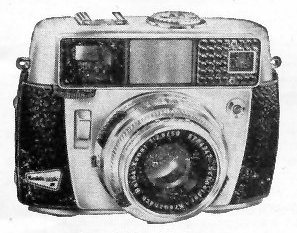Contributed by Myles Dungan
 The late Enoch Powell wasn’t right about much but he was unerringly accurate when he pointed out that ‘all political lives end in failure’ – including his own.
The late Enoch Powell wasn’t right about much but he was unerringly accurate when he pointed out that ‘all political lives end in failure’ – including his own.
Take the case, for example, of a man who led the Irish people, unchallenged by anything other than a barely audible dissenting murmur for just over a decade. He took his party to three consecutive electoral victories and was that political rarity, a sea green indispensable.
Often a stumbling and unconvincing public speaker, despite his undisputed political authority, when his name became associated with a potentially career ending scandal he promised his party and his people that his reputation would be vindicated once he finally had his day in court. He got a massive ‘dig out’ from citizens who were concerned at the state of his finances. He was accused of pocketing funds and turning them to his own use. And when he signally failed to justify his actions before a tribunal, the people who had lionised him for a decade, at first, didn’t seem unduly perturbed. It was only when his political allies turned on him spectacularly that he was finally jettisoned.
Familiar? Undoubtedly. While the details outlined may resonate with the biography of one of our more recent chieftains the politician in question here is the Wicklow patrician, Charles Stewart Parnell rather than the Northside populist. Read More









